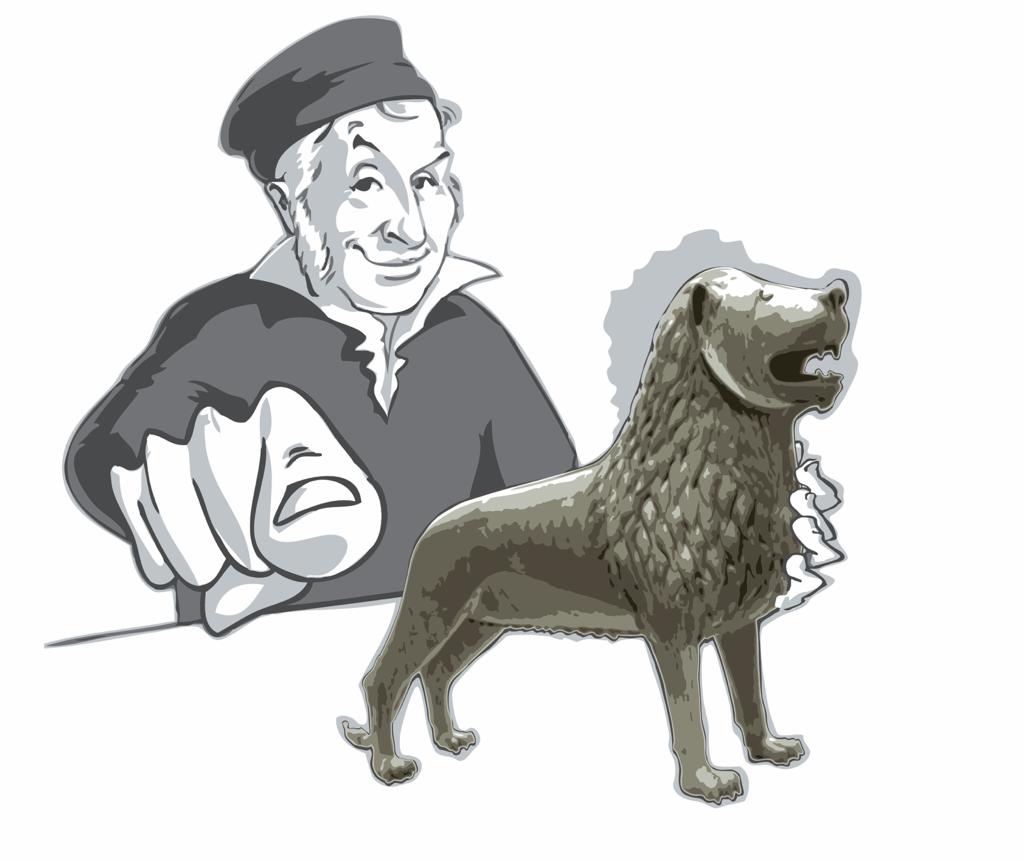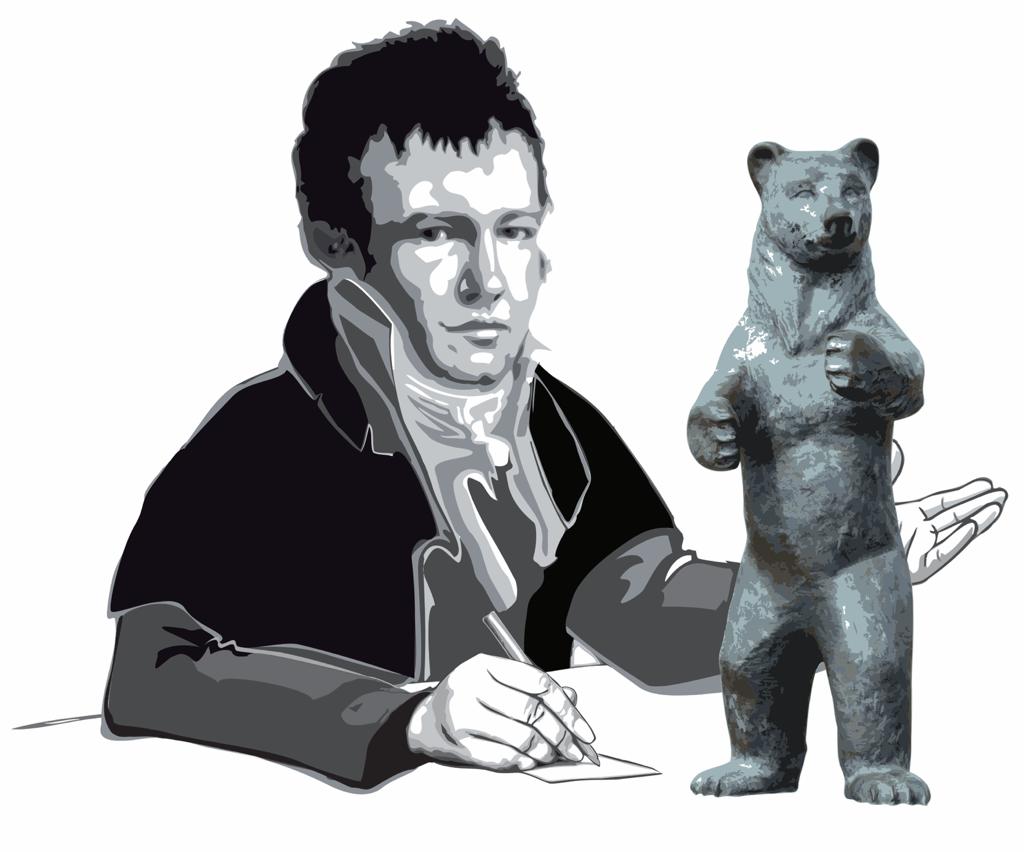
Nowruz
Nowruz literally translates to “new day” and is celebrated at the exact time of the spring equinox, which occured at 5:15 pm on the 20th of March this year. Therefore last tuesday evening was all about the new year‘s celebration at Gauss House.
The history of Nowruz, which is celebrated mostly in the Iranian cultural influenced area, dates back almost 3000 years and is officially recognized as an intangible cultural heritage of humanity by the UNESCO. Presenter, Siamak Padashi explained us that Nowruz is part of the pre-islamic Iranian culture that thrives today parallelly with the islamic culture in Iran. Further, he compared the meaning of Nowruz similar to Christmas for Germans or Christians in Europe: „It is just like Christmas in Germany. You are happy, because it is the new year’s celebration, you get presents and are on vacation provided you are still in the school, and of course everybody is happy. In brief, an Iranian rejoices Nowruz as much as a European or Christian rejoices Christmas“.
A central part of Nowruz is the Haft-Seen table setting („seven s“). Seven objects with a symbolic meaning are presented on a piece of cloth:
– Greenery (new life)
– Apples (beauty)
– Coins (wealth)
– Garlic (health)
– Senjed (Iranian whitebeam, love)
– Vinegar (patience)
– Samanu (self-made flour dish, good harvest).
You can find the photo of the Gauss Friends‘ Haft-Seen table and other beautiful photos in our gallery.



You must be logged in to post a comment.